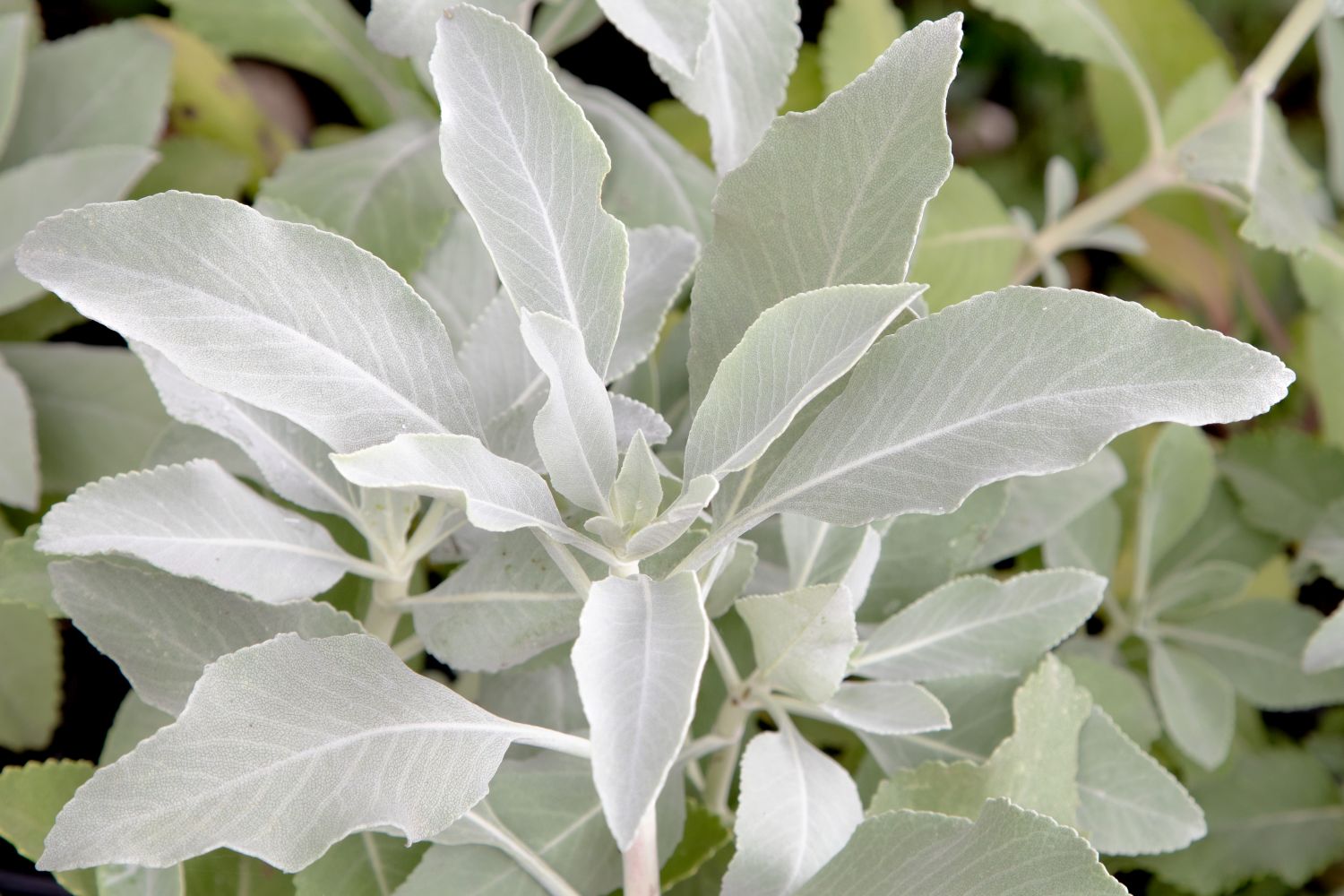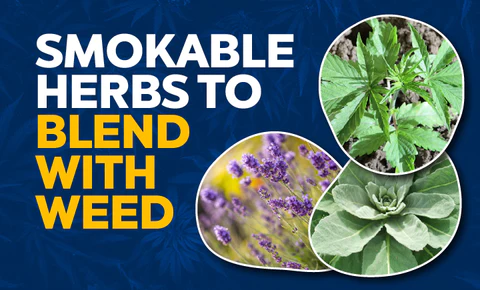White Sage (Salvia Apiana)
White Sage Multifaceted Herb Steeped in Tradition – One of the most significant Sage species in the state is White Sage (Salvia Apiana), which is native to Southern California’s coastal sage scrub region. White sage has aromatic silver-white leaves and clusters of lavender-streaked white blooms. When leaves are young, they are green at first, then white.
The Indigenous populations of Southern California and northern Baja, the only places where white sage grows naturally, have a strong cultural and lifestyle connection to this sage. The few natural populations of this plant are threatened by development, hunting, and climate change.
grown in nurseries In the garden, white sage is an important pollinator plant: hummingbirds, bumblebees, and carpenter bees all like the tiny white blooms. Apnea means “of” or “belonging to” in Latin.

White Sage: A Multifaceted Herb Steeped in Tradition
White sage (Salvia apiana), with its silvery-green foliage and cleansing aroma, transcends the realm of a mere smudging herb. Native to the southwestern United States and northwestern Mexico, this versatile plant is steeped in cultural significance and offers a range of benefits.
A Revered Tradition:
For centuries, white sage has played a central role in the spiritual practices of indigenous cultures, particularly those of Native Americans. It’s most commonly used in smudging ceremonies, where dried leaves are burned to create cleansing smoke. This smoke is believed to:
- Purify: Cleanse people, places, and objects of negative energy
- Heal: Promote healing and well-being
- Project: Create a protective shield against negativity
Beyond the Ceremony:
White sage’s benefits extend far beyond its spiritual applications:
Aromatherapy Powerhouse: The extracted essential oil boasts a clarifying and invigorating scent. Used in diffusers, candles, or diluted topical applications, it can:
- Promote relaxation and improve mood
- Enhance focus and mental clarity
Culinary Delights (Use Cautiously): While not as common, white sage leaves can be incorporated into culinary creations in small quantities. Their intense herbal flavor adds a unique touch to:
- Stuffings and savory dishes
- Marinades and rubs
Landscaping Beauty: This drought-tolerant shrub thrives in warm climates, attracting pollinators with its fragrant blooms. Its silvery-green foliage adds a touch of elegance to gardens.
Ethical Considerations:
Sustainable Sourcing: White sage is slow-growing, and overharvesting poses a threat to wild populations. Opt for vendors committed to sustainable sourcing practices.
Cultural Sensitivity: White sage holds deep spiritual significance for some indigenous cultures. Be mindful and respectful of this context when using it for smudging.
Alternative Options: If white sage is unavailable or culturally inappropriate, consider other herbs like lavender or cedar for smudging rituals.
Watch White Sage Multifaceted Herb Steeped in Tradition on YouTube
In conclusion, white sage is a captivating herb with a rich history and diverse applications. From its role in spiritual traditions to its modern uses in aromatherapy and cooking, white sage continues to be a valuable plant appreciated across various cultures.




